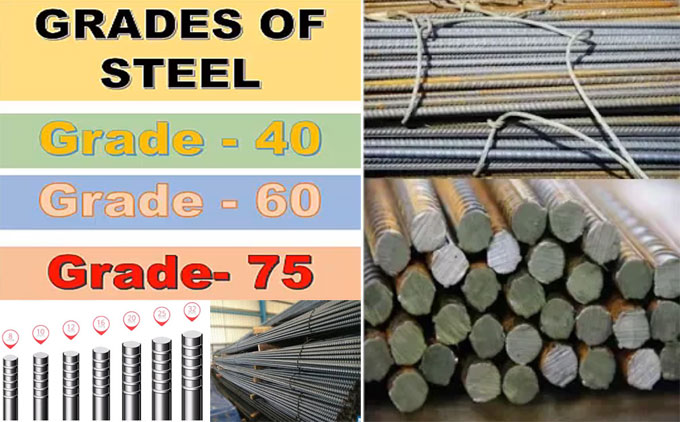
Different grades of steel and their usages
This civil engineering video tutorial is about different grades of steel.
To learn about grades of steel, one should have clear conception on yield strength and ultimate strength.
Yield Strength ? It belongs to least stress by which a material begins to deform plastically or permanently.
It is also defined as the point by which a computable deviation concerning 0.2 takes place in certain steel.
Ultimate Strength ? The highest stress that a material can resist devoid of rupturing is known as ultimate strength. Alternatively, stress similar to the highest load captured by the specimen is defined as ultimate stress.
For steel grade 40
Yield strength (Fy) in ksi = 40
Ultimate Strength (Fu) in ksi = 70
For steel grade 50
Yield strength (Fy) in ksi = 50
Ultimate Strength (Fu) in ksi = 80
For steel grade 60
Yield strength (Fy) in ksi = 60
Ultimate Strength (Fu) in ksi = 90
For steel grade 75
Yield strength (Fy) in ksi = 75
Ultimate Strength (Fu) in ksi = 100
KSI is a short form for kilopounds per square inch, or 1,000 pounds per square inch. It is a measure of the tensile strength of steel.
The grade 40 and 60 steel are extensively used for normal work. High strength steel like grade 100, grade 125 and grade 150 are recommended for pre-stressed work.
To get more details, watch the following video tutorial.
Video Source: Civil Engineering World - THE CIVILOIDS


